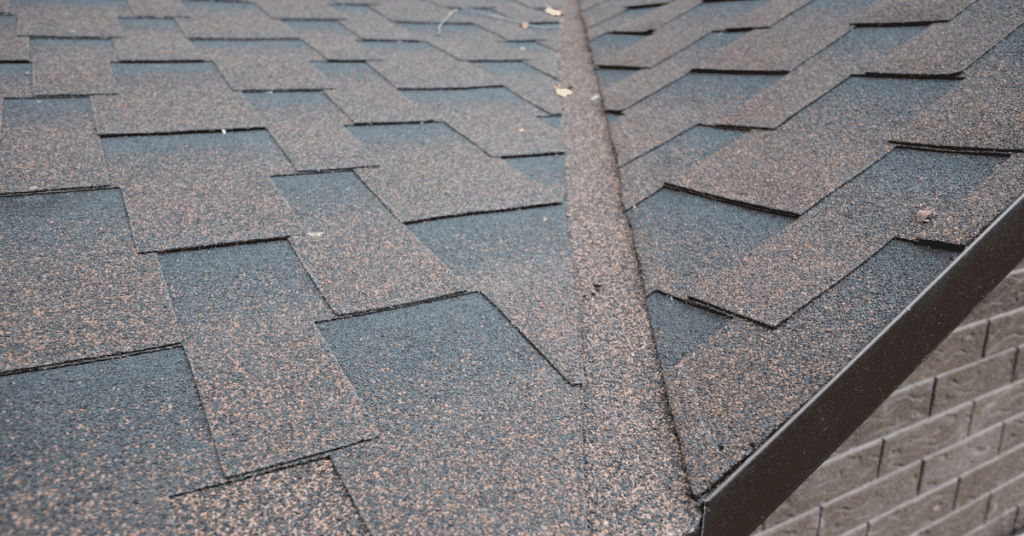The Importance of Flashing in Roof Integrity


When it comes to maintaining the integrity of your roof, flashing plays a crucial role. Flashing is a protective seal that is installed at roof breaks, such as chimneys, vents, or skylights, to prevent water and air leaks. In this article, we will explore the significance of flashing in roof integrity and cover various aspects related to flashing.
What Is Flashing and Why Is It Important in Roof Integrity?
Flashing acts as a barrier between the roof breaks and the external elements, ensuring that water and air do not penetrate the roof structure. It is typically made of metal or durable materials that can withstand weather conditions. Flashing is essential in roof integrity because it prevents water damage and maintains the structural integrity of the roof.
What Are the Different Types of Flashing?
There are several types of flashing used in roof construction. Each type is designed for specific areas of the roof breaks. Some common types of flashing include:
Counter flashing
This type of flashing is installed on top of the primary flashing to provide an extra layer of protection against water infiltration.
Chimney flashing
Chimneys are a common source of roof leaks, and chimney flashing is specifically designed to seal the joint between the chimney and the roof.


Step flashing
Step flashing is used along the edges of roofs where the roof meets the sidewalls. It provides a watertight seal and prevents water from entering at these vulnerable points.
Headwall flashing
Also known as apron flashing, headwall flashing is installed at the intersection of a roof and a vertical wall, ensuring a tight seal and preventing water from infiltrating.
Valley flashing
Valley flashing is used in areas where two roof planes intersect, creating a valley. It directs water away from the valley and prevents leaks.


Gutter apron flashing
This type of flashing is installed under the shingles and over the gutters, preventing water from seeping behind the gutter system.
How Do I Know if My Flashing Is Installed Correctly?
To determine if your flashing is installed correctly, you should visually inspect areas where flashing is commonly installed, such as chimneys, vents, or skylights. If you notice any signs of damage or improper installation, it is recommended to consult a professional roofer. Some signs of incorrectly installed flashing include:
- The flashing is pulling up from the roof surface.
- Rusted or peeling flashing.
- Visible gaps or cracks in the flashing.
What Are the Common Problems Associated With Flashing?
Flashing, like any other roofing component, is susceptible to certain issues, including wind damage. Some common problems associated with flashing include:
Membrane shrinkage
Over time, the roof membrane can shrink, causing the flashing to become detached or lose its effectiveness.
Poor repair jobs
Improperly repaired flashing can lead to leaks and further damage to the roof.
Age
Flashing, just like any other component of the roof, has a lifespan. As it ages, it can deteriorate and become less effective.
Weather
Extreme weather conditions, such as heavy rain, wind, or snow, can cause flashing to deteriorate or become damaged.
Initial installation
If flashing is not properly installed during the initial construction or roofing process, it may lead to future problems.
Accidental damage
Accidents, such as falling tree branches or debris, can damage flashing and compromise its integrity.
How Often Should Flashing Be Inspected or Replaced?
The frequency of flashing inspection or replacement depends on various factors, including the age of the flashing and the weather conditions it has been exposed to. As a general guideline, flashing should be inspected at least once a year and replaced every 10-15 years. However, if you notice any signs of damage or leaks, it is important to address the issue promptly and consult a professional roofer.


What Are the Benefits of Properly Installed Flashing?
Properly installed flashing offers several benefits for the overall health and longevity of your roof:
Prevents water damage
Roof flashings act as a waterproof layer, preventing rainwater from seeping into the roof structure and causing extensive damage.
Roof protection
Flashing protects vulnerable areas, such as walls, shingles, and chimneys, from various forms of damage, including water infiltration and deterioration.
Saves on roof maintenance costs
By protecting the roof surface from water damage and other weather hazards, flashing reduces the need for frequent roof repairs or replacements, saving you money in the long run.
Improves roof longevity
Installing flashing effectively covers edges and cracks, extending the lifespan of your roof by preventing water penetration and structural damage.
Conclusion
In conclusion, flashing plays a vital role in maintaining the integrity of your roof. It prevents water and air leaks at roof breaks, protects against water damage, and enhances the lifespan of your roof. It is important to regularly inspect and maintain your flashing to ensure its effectiveness, just as you should regularly inspect your roof. By investing in properly installed flashing, you can protect your roof and save on maintenance costs in the long run, following the best practices for proactive roof protection.
Are you in need of professional roof inspection, repair, or installation services in the Greater Vancouver area? Look no further! Our team of experienced roofers serves a wide range of locations.
- Burnaby roofers and roofing contractors
- Coquitlam roofers and roofing contractors
- Delta roofers and roofing contractors
- Ladner roofers and roofing contractors
- Langley roofers and roofing contractors
- Maple Ridge roofers and roofing contractors
- New Westminster roofers and roofing contractors
- North Vancouver roofers and roofing contractors
- Pitt Meadows roofers and roofing contractors
- Port Coquitlam roofers and roofing contractors
- Port Moody roofers and roofing contractors
- Richmond roofers and roofing contractors
- Surrey roofers and roofing contractors
- West Vancouver roofers and roofing contractors
- White Rock roofers and roofing contractors
- Vancouver roofers and roofing contractors
We are dedicated to ensuring the longevity and integrity of your roof, offering top-notch solutions to protect your home. Contact us today for a comprehensive roofing assessment tailored to your specific needs. Your trusted roofing experts are just a click away!
